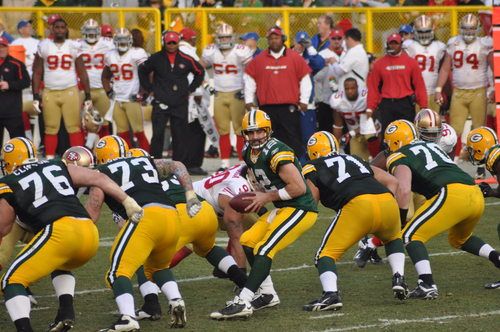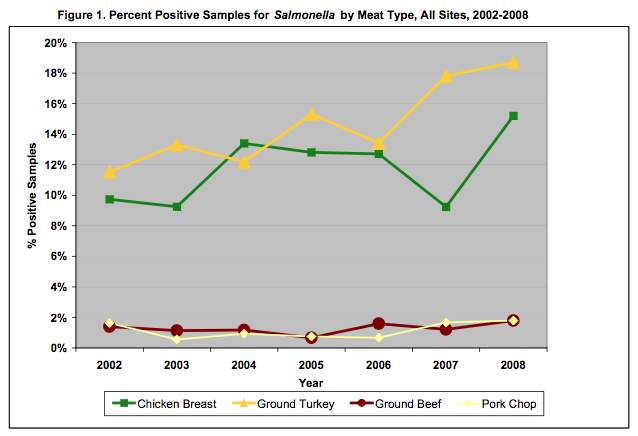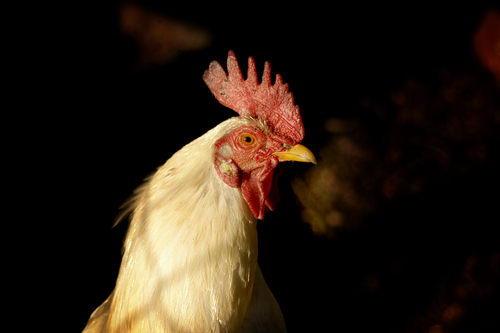
The most-watched sporting event of the year is upon us. This Sunday, the Packers will take on the Steelers in a battle of brawn. But such a large event undoubtedly poses serious risks to everyone in attendance, including vendors, teams and spectators. To understand how the NFL and the stadium handle such threats, I contacted Chris Rogers, director of risk control for Aon Risk Solutions’ national entertainment group with a few questions.
RM: For an event the size of the Super Bowl, there are bound to be concerns regarding the safety of fans, vendors and the facilities used. How does the NFL and Cowboys Stadium go about protecting these assets?
Chris Rogers: As with any event of this nature, the sponsors and promoters are very concerned with fan and participant safety. All responsible organizations spend a large amount of time in the planning and preparation phases necessary to put on such a grand event. Safety and security will be at the forefront of all deliberations during decision-making times. These plans and preparations will have begun virtually the same day that it was announced when and where the Super Bowl would be played and continues right up to, and during, the game itself.
Today, most of these plans will follow the basic outline of the National Incident Management System (NIMS) and their model of Incident Command Structure (ICS), which provides for a structured approach to coordinating all the various entities that will be involved. Using this system, risk and threat assessments will be completed that attempt to identify what threats may be posed and how best to eliminate or mitigate them. These plans will also incorporate the training needed by safety and security personnel working the event.
RM: Does the league or the stadium incorporate weather policies and procedures into the overall emergency planning process. If so, how?
CR: Weather is a large factor in the planning and preparation process. Using historical data and assistance from public and private weather services, various scenarios will be mapped out and preparations will be made for response personnel. These plans would include situations before the game as well as during. Plans will also be reviewed regarding “Sheltering-In-Place” procedures should that be required.
Weather-trained experts will be on site during the game for immediate consultation and assistance.
RM: What types of events could cause a cancellation of the game? How would that be managed?
CR: The events that might be cause for an event of this nature to be canceled would include: severe weather situations (lightning, earthquake, flooding, tornadoes, etc), civil disorder, major fire, terrorist attack, structural collapse, major news events (assassination of a political figure, outbreak of war), as well as pandemic illness (SARS, flu, etc.).
Each of these situations will have to be addressed by risk and security personnel to determine how likely the event might be as well as how severe it might be. In other words, they will conduct a risk assessment for each during which they will address the likelihood of occurrence and how well prepared they are to handle such a situation as well as what the consequences might be if the event occurs. After this assessment, they will begin to decrease their vulnerability by outlining current controls and capabilities as well as a plan for reducing those vulnerabilities wherever they can. These reductions could involve the “hardening” of the venue with new barriers (additional perimeter fencing, additional security personnel, additional lighting, etc.) as well as implementing new restrictions on deliveries and access to the venue or providing additional training for staff and response personnel.
Another aspect of this will be who will be responsible for deciding when and if a cancellation is needed. This will be decided well beforehand and would include procedures for advising all participants that a cancellation is in effect. These procedures will obviously vary depending upon when the decision is made (before the event, just prior to the event or during the event) as each will have unique challenges associated with it.
RM: How does the stadium work to prevent possible terrorist attacks. What types of security measures are taken inside and outside of the stadium?
CR: The potential for a terrorist attack is an ongoing threat that any stadium hosting an event must be prepared for. For several years now, large public assembly venues have been “hardening” themselves as a target in order to discourage an attack or at least make it as difficult as possible for someone to do harm. This hardening includes structural changes (additional barriers, increased security patrols, new access control systems, closed circuit TVs, etc.) along with procedural changes (employee and vendor background checks, training, delivery appointments, etc.).
There will also be many meetings with law enforcement agencies to review any known or suspected threats. Pictures of any known threats will be circulated and discussions held regarding possible scenarios that might be an issue. And if the event should be designated as a Special Security Event (SSE), additional military and government personnel and capabilities will be made available as well.
RM: Who do you think will win? Why?
CR: As for who will win, GO PACKERS. As for why, because they have a quarterback with a great last name (even though he spells it differently).




